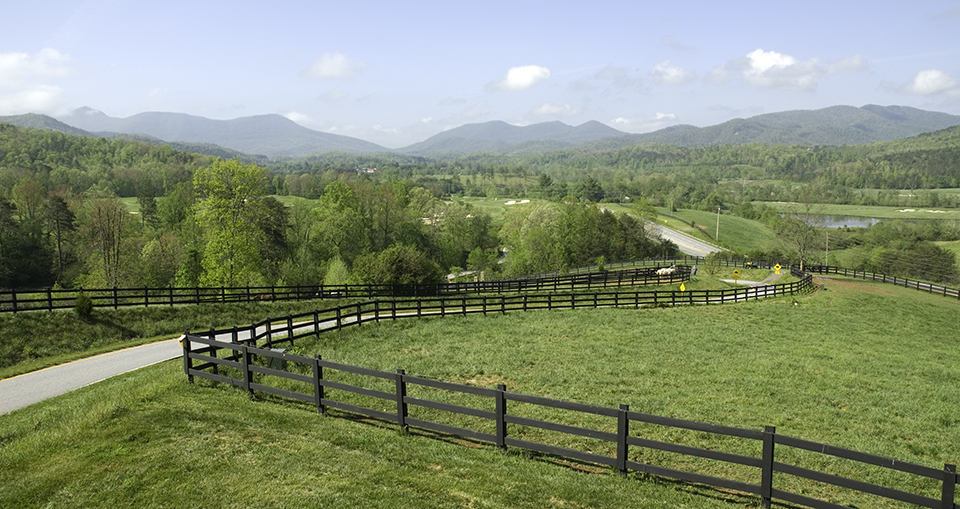Our winter snow events this season have been frequent—a relief after the weirdly warm last months of 2021. At our house, a forecast snowy night calls for “flake checks.” That means leaving a spotlight on outside to watch for fat feathery flakes tumbling by.
Flurries no longer keep me up to watch, after many adventurous winters as a mountain dweller. When one particularly disappointing year offered zero accumulation, I found lots of folks who are just fine with a dud year. They remember well the awful frozen hurricane of 1993.
These days we aspire to comfort as we hibernate. Ideally, a powerful standby generator; maybe a mini-snowplow for the trusty Mule; and ample firewood at the door, for the heavier snowfalls that linger a while. Note: concrete driveways—especially on the north side of a home—hold ice magnificently. Many days after the roads are clear, there is still an ice field between you and lane to the highway.
No doubt all this is as amusing to those from truly snowy regions, as whacky as the Atlanta newsrooms dispatching crews to Blue Ridge or Dahlonega to kick roadside grass for evidence of a dusting, or to point out accumulations on deck rails and cars. But in all the southernmost states, and certainly here in the Far North of the Deep South, the sight of falling snow can be a mystical delight, no matter your age or journalistic gravitas.








